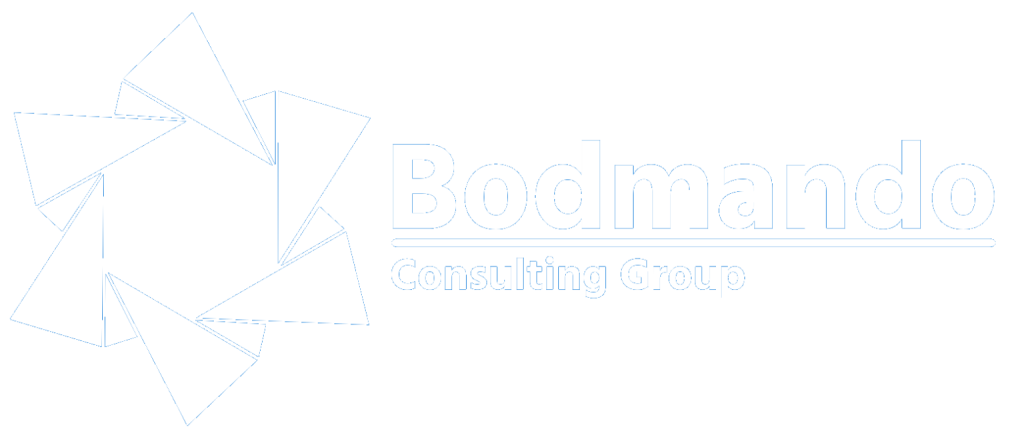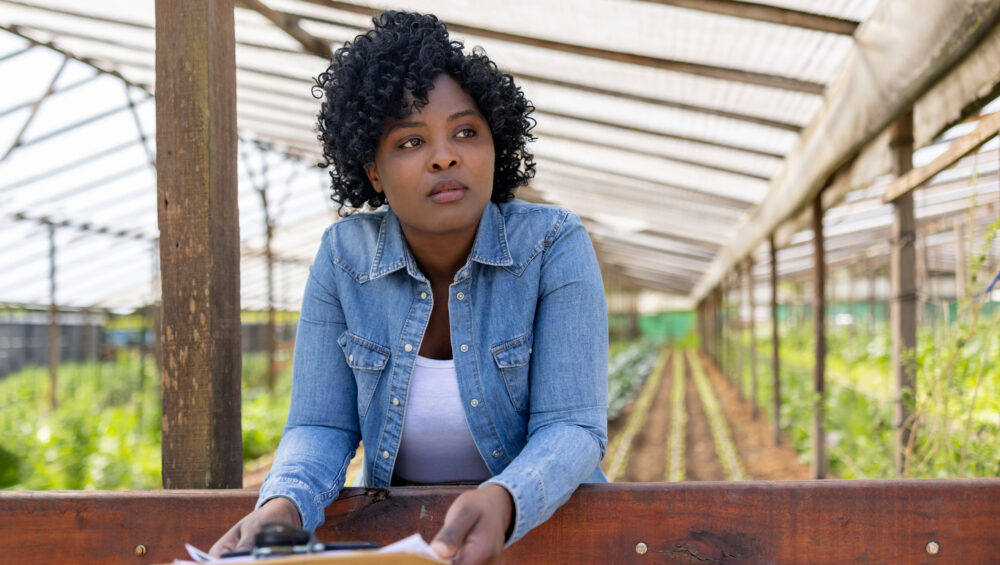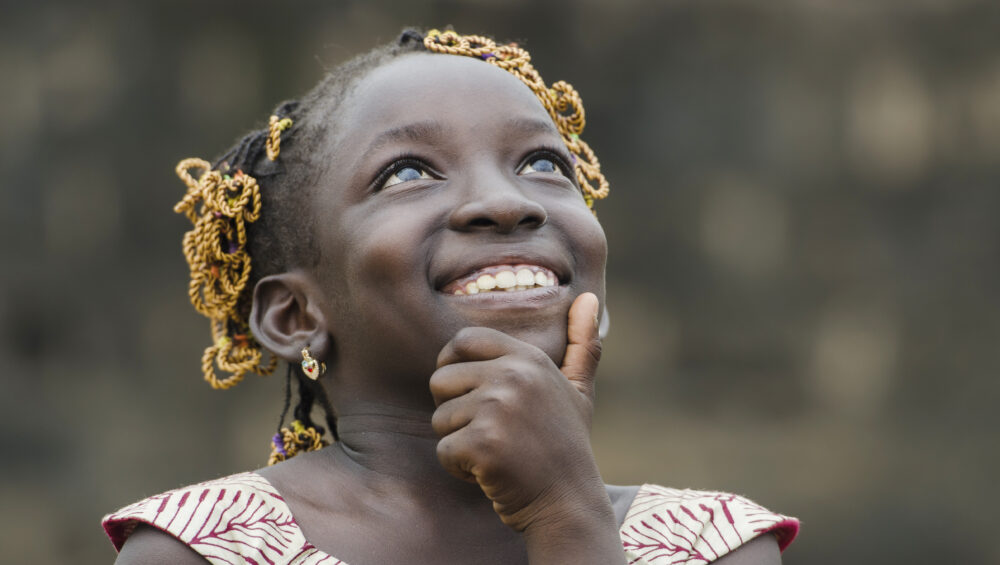The Youth Corner Model
The Youth Corner Model The Youth Corner model refers to the existence of separate spaces for young people within health facilities or communities, either as rooms, mobile spaces or standalone units in which adolescent and youth-friendly SRH information and services are provided. These have been seen as a promising approach in improving SRH service access and utilization(Khanal et al., 2021; MOH, 2012). In 2012, the Ministry of Health (MoH) formulated the Uganda Adolescent Health Policy and Service Standards with the aim of guiding the provision of Adolescent SRH services. These services encompass a range of offerings, such as clinical care for sexual and gender-based violence, HIV counseling and testing, prenatal and maternity care for pregnant adolescents, HPV immunization, referral and follow-up, breast examination, and information on cervical cancer. Additionally, these services include the provision of information and counseling on health, particularly related to growth and development, as well as guidance on the rights and responsibilities of adolescents (MOH, 2012). Youth corners are operational at various levels of health facilities, spanning from Health Center (HC) IIs to referral hospital levels. Concurrently, community-based adolescent SRH programs are in place, focusing on adolescents and young people, primarily supported by local external Civil Society Organizations(Asingwire et al., 2019). The Youth Corner model is considered a high-impact practice with the potential to enhance SRH outcomes and address challenges such as low contraceptive uptake and high teenage pregnancy rates among young girls. Despite its perceived benefits, limited research has been conducted to provide strong evidence on the actual impact of youth corners on SRH outcomes, particularly among adolescent girls and young women in the context of Uganda. But many programme implementers are noted to hold the conviction that youth corners can potentially increase the access, utilization and satisfaction with SRH services by adolescents and young people. In this blog article we, explore publications surrounding the effectiveness of youth corners in promoting the sexual and reproductive health of adolescents and young people. We also propose recommendations for the improvement in the delivery of youth corner services. Makwinja et al., (2021) discovered that youth spaces play a crucial role in supporting adolescents by providing access to contraceptive products and information. Adolescents suggested accessing contraceptives from local drug stores, pharmacies and hospitals at a health system level and through youth centers, clubs, and corners at a Community level. The peer-to-peer model was highlighted as effective in mitigating fears and encouraging adolescent involvement in contraceptive use. Another study by Muchabaiwa & Mbonigaba (2019) evaluated national-level interventions, concluding that the adolescent and youth friendly strategy positively impacted HIV testing and STI treatment but lacked evidence for its effect on condom use. Studies also highlighted the positive impact of peer education on sexual health knowledge among adolescents. The study could not find evidence in support of any impact on condom use nor reduction of STI prevalence. Furthermore, the study did not find superior outcomes in regions with more resources. This suggests that the key for better outcomes from future ASRH strategies lies in redesigning service delivery approaches to target HIV hotspots and rural areas as well as improving the strategy’s coordination and monitoring, as well as aligning and enforcing government policies that promote sexual and reproductive health rights. However, barriers have been noted in regards to access to SRH services by adolescents and young people and these range from a lack of knowledge, financial constraints, long queues, inconvenient locations, and unfriendly healthcare providers. Studies from Kenya and Uganda identified barriers at individual, community, and organizational levels, including myths, stigma, and religious beliefs. Stigma surrounding adolescent sexual and reproductive health (ASRH) was a common challenge, affecting access to services. Existing legislative and policy frameworks were also found to be inadequate in promoting ASRH uptake, with inequities in access. Young people have highlighted the lack of involvement in policy formulation, emphasizing the need for policies to consider the priorities and needs of young people. Gaps between policy and practice were noted, with recommendations for increased recognition and integration of young people in SRH policymaking. the youth corner Model Recommendations for the Ministry of Health: Ensure the provision of essential equipment, furniture, informational materials, and standard guidelines to meet the minimum requirements. Strengthen the enforcement and monitoring of the Adolescent Sexual and Reproductive Health (ASRH) policy and guidelines to enhance the quality of youth-friendly services at youth corners. Conduct regular orientation sessions and ongoing training for ASRH focal persons, facilitating cascade training for healthcare providers to seamlessly integrate ASRH into the routine work of all medical personnel in health facilities. Disseminate widely the existing laws, policies, and technical instructions pertaining to Adolescent Sexual and Reproductive Health and Rights (ASRHR). Incorporate ASRH-related indicators into the Health Management Information System (HMIS) monthly reports and provide training to healthcare providers on the ASRH reporting system. Implement regular supportive supervision and mentorship programs for ASRH services. Embrace the World Health Organization’s recommendation to offer ASRH services free of charge to young people. the youth corner Model Recommendations for local authorities: Raise awareness among young people about the available youth centers through existing channels such as parents, teachers, and Community Health Workers (CHWs). Conduct communication skills programs among parents to facilitate open discussions with their adolescents on ASRH issues. Intensify community mobilization efforts on ASRH through peer education and enhance community awareness regarding the role and accessibility of ASRH services at youth corners. Provide robust support to young mothers by establishing safe spaces and assisting them in social reintegration and economic empowerment. Engage religious leaders and platforms to inform the community about the availability of services at the youth corner level. the youth corner Model References Akuiyibo, S., Anyanti, J., Idogho, O., Piot, S., Amoo, B., Nwankwo, N., & Anosike, N. (2021). Impact of peer education on sexual health knowledge among adolescents and young persons in two North Western states of Nigeria. Reproductive Health, 18(1), 204. https://doi.org/10.1186/s12978-021-01251-3 Asingwire, N., Muhangi, D., Kyomuhendo, S., & Leight, J. (2019). Impact evaluation of youth-friendly family planning services in Uganda. Khanal, G. N.,




